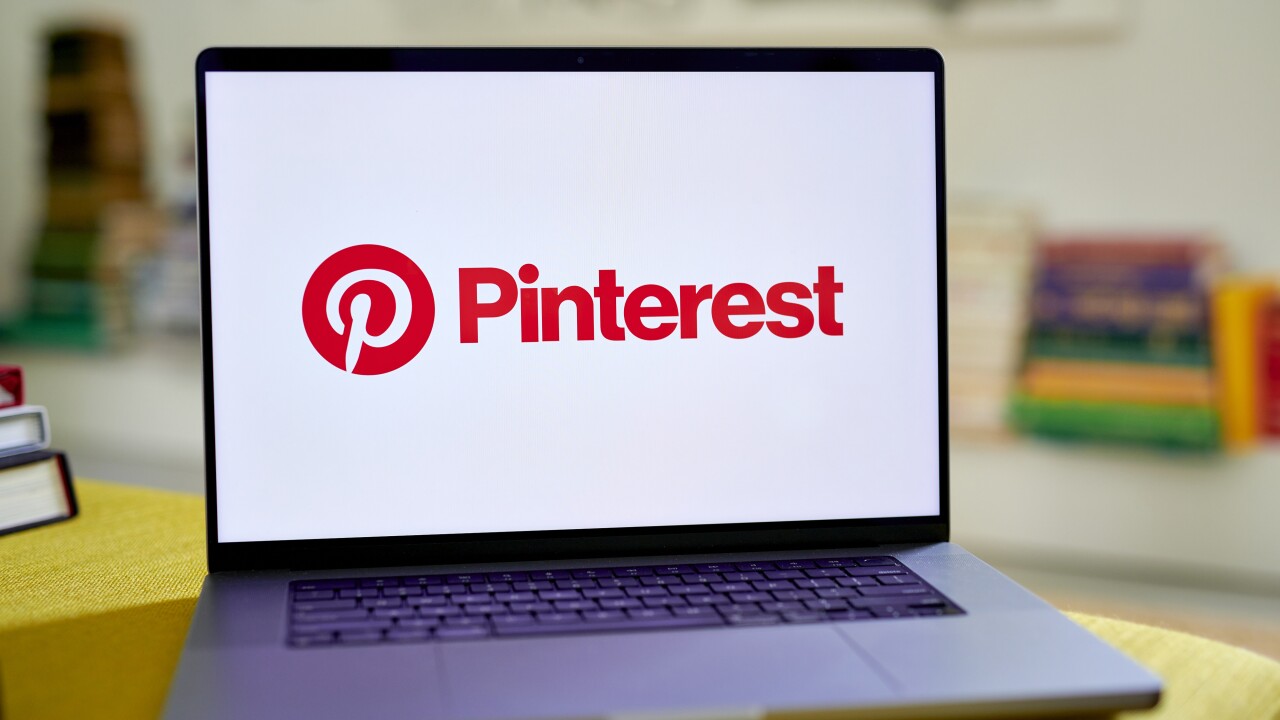As the health insurance exchange marketplace
Drawing on insight from Alan Cohen, chief strategy officer for private exchange firm Liazon, and guidance from Jennifer Benz, founder and chief strategist at Benz Communications, EBN has outlined three Cs for employers as they consider whether to send
1. Customization
Cohen’s first words of advice to employers is to ensure that they are partnering with “a full exchange solution. They’re going to need a lot beyond a pretty website,” he says, starting with “proper analytics to help employers figure out how much to allocate for employees to spend to buy coverage.”
The exchange model represents a significant shift — allowing employees to pick from dozens of health care plans and features, compared to the two or three within the traditional employer-sponsored system — and Cohen advises employers to select a partner with the predictive modeling technology to “figure out what their employees want and need, and [possesses] the technical infrastructure to handle” all of the myriad selections that employees ultimately will make from an administration, claims and billing perspective.
As employers work with exchanges to customize offerings, Cohen likens the process to being a shopkeeper. “If you’re selling shirts, you spend a lot of time thinking about what colors, sizes, styles to offer, and at what prices.” In the exchange market, firms can “use modeling tools so that at different price point levels, we can predict what plans employees will pick.”
Even among a workforce of 1,000, Cohen says, “what we hope for [is] that every employee will make their own individual benefits package. It just makes sense, because people make different life choices — they live in different homes, drive different cars, make different investments in their 401(k), and they want to make their own health care choices.”
2. Communication
Within the communications realm, there are certain things employers must do from a legal perspective to comply with the Patient Protection and Affordable Care Act, Benz reminds.
“As of now, March 1, 2013 is the PPACA-mandated deadline for employers to notify employees of state exchanges,” she says. “While the Department of Labor hasn’t yet released proposed regulations, the information required in the notice is going to be complicated for employers of all sizes. No matter what deadline the DOL ultimately sets, employers need to be prepared to include this in their communication plans for 2013.”
Specifically, employers are required to communicate three items:
1. A description of the state exchange, what services the exchange provides and how to contact the exchange (website and customer service number). Refer to the Kaiser Family Foundation’s continuously updated map to learn the status in your state(s).
2. Whether employees will receive at least 60% coverage of essential health benefits and whether an employee might be eligible for a premium tax credit if they purchase a plan on the state exchange.
3. Tax implications.Because the money an individual spent on employer-sponsored coverage is not taxed, buying coverage through the state exchange may change the individual’s tax obligation.
Beyond what the law requires, though, Cohen says that an initiative to send employees into an exchange has to be centered on education and communication — across various formats. “We ask [consumers] a series of questions so that we can make recommendations to employees and show them the different choices they’ll have.” In addition, Liazon offers “call-center support to answer consumer queries, educational videos, online support tools and paper “catalogs” of what the exchange offers.
Cohen also emphasizes using plain language to communicate to employees about the exchange and other health plan terms.
For example, “we try not to use the word exchange, because people don’t shop in an exchange; they shop in a store. The same with terms like copay and coinsurance; they’re these complex words, but they’re easily defined. Once you demystify the terms, it’s not that complicated. People deal with so much more complicated things in their lives every day than these words.”
3. Collaboration
Finally, Cohen points out that a shift to the exchange model requires a different type of partnership than many HR/benefits practitioners are accustomed to. “We’ve seen that HR people actually adapt the most slowly, because they’re used to controlling this process,” he observes. “But [the exchange model] allows them to focus on the most strategic aspects of the business. And that’s what should happen. This model doesn’t work if we’re offering all of these options, but the employer is the one that has to figure it out.”
He also notes that the model forces employers to work with employees in a different way as well — specifically, trusting them to make their own choices without needing to protect them from themselves, so to speak.
“It’s been surprising how quickly employees adapt,” Cohen says, “but when you think about it, it makes sense. This is what people do in every other part of their lives. You hear all the statistics about how people spend 10 hours deciding what TV to buy, but only five minutes on benefits. But that’s not because people don’t understand it; it’s not because they don’t think it’s important. It’s because in the past, there hasn’t really been a choice. It was A or B.”





